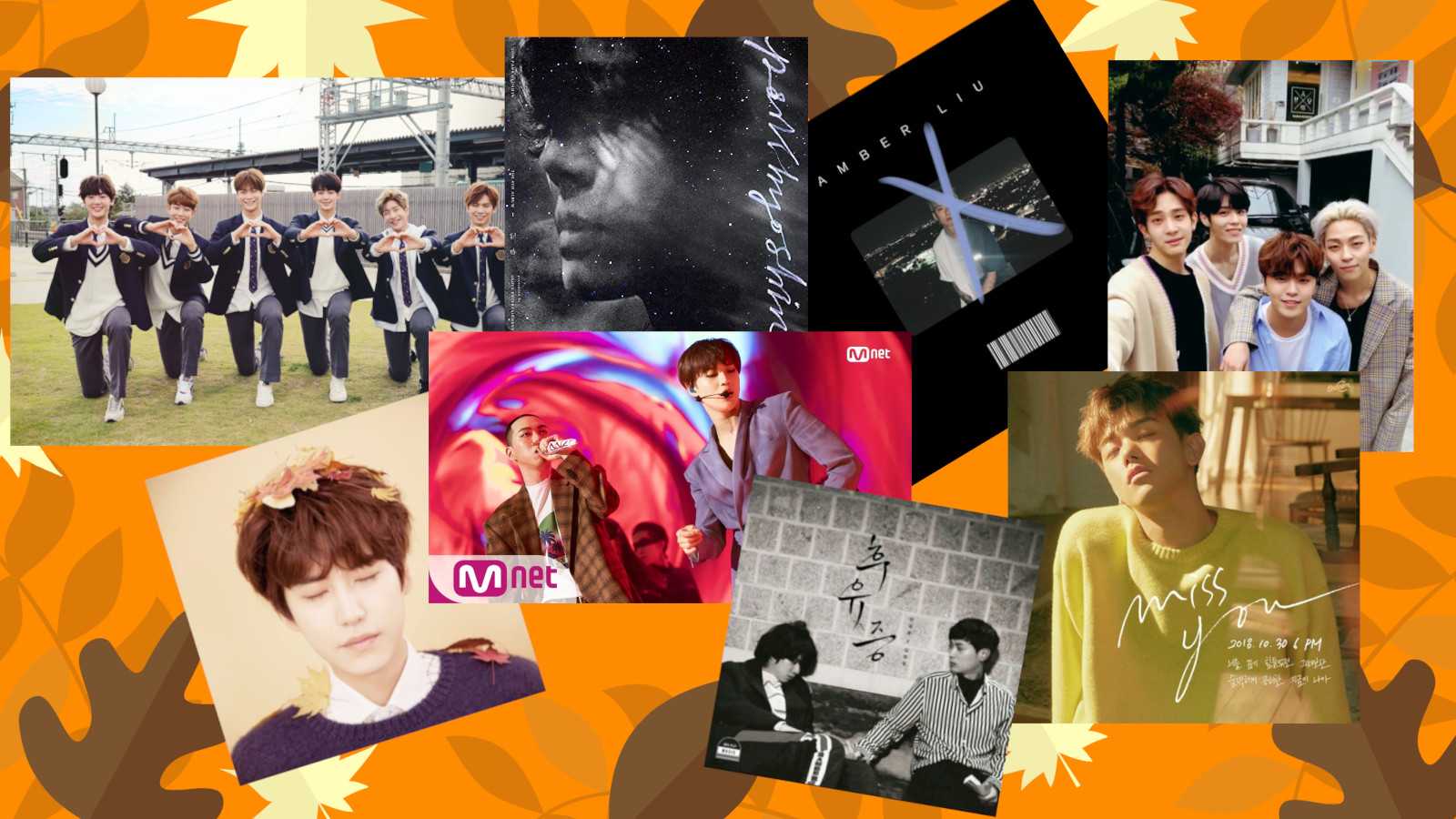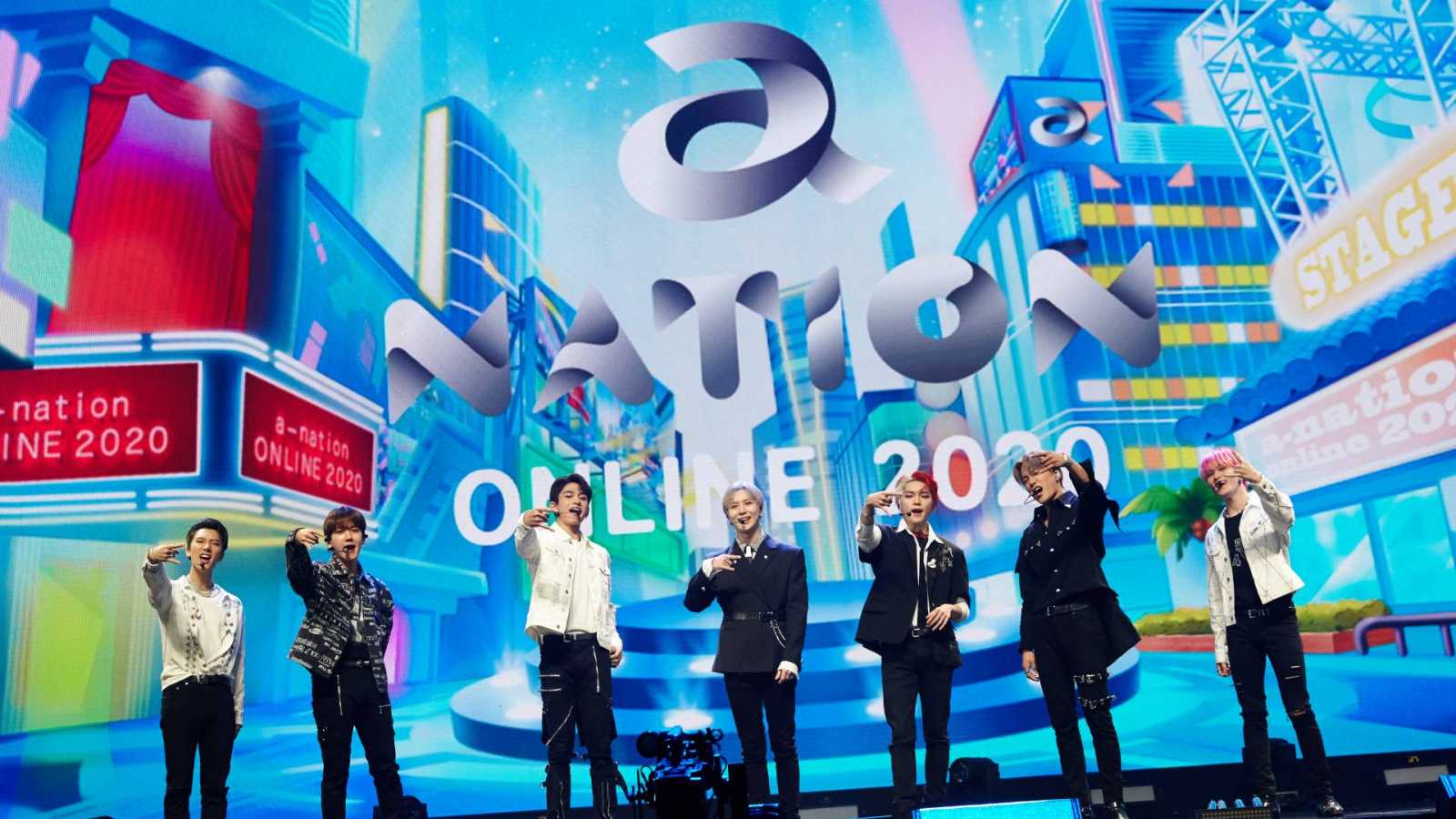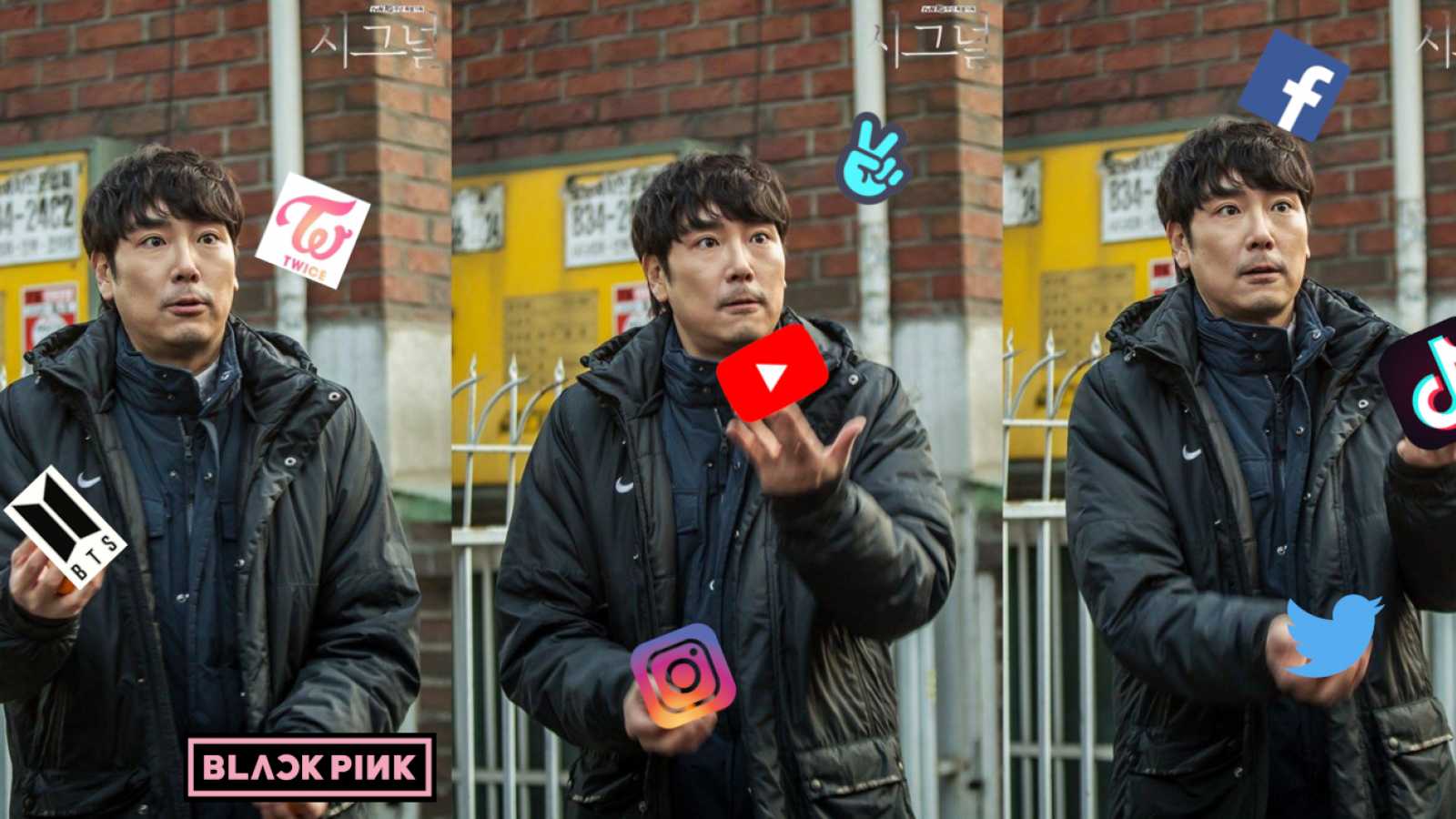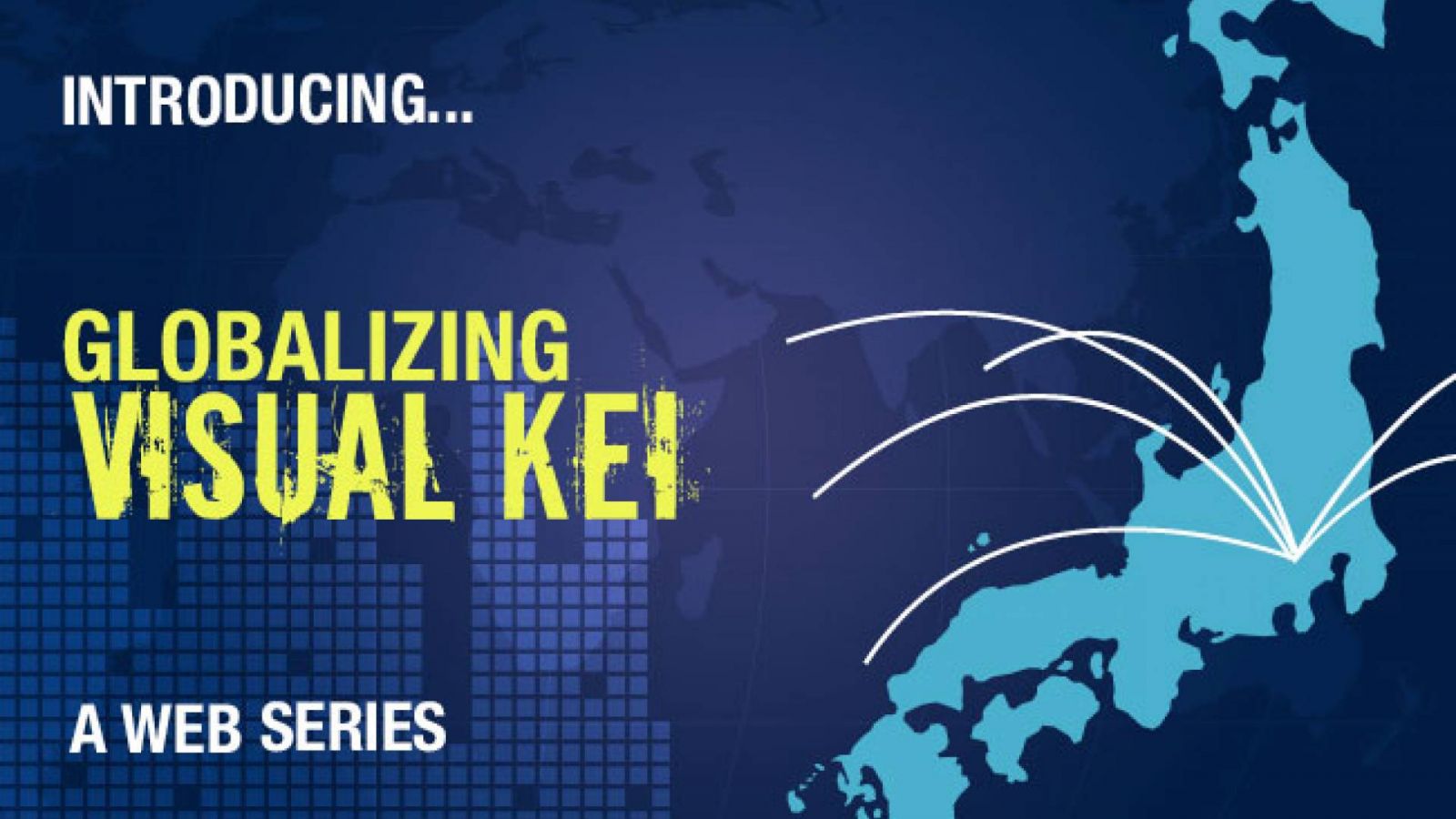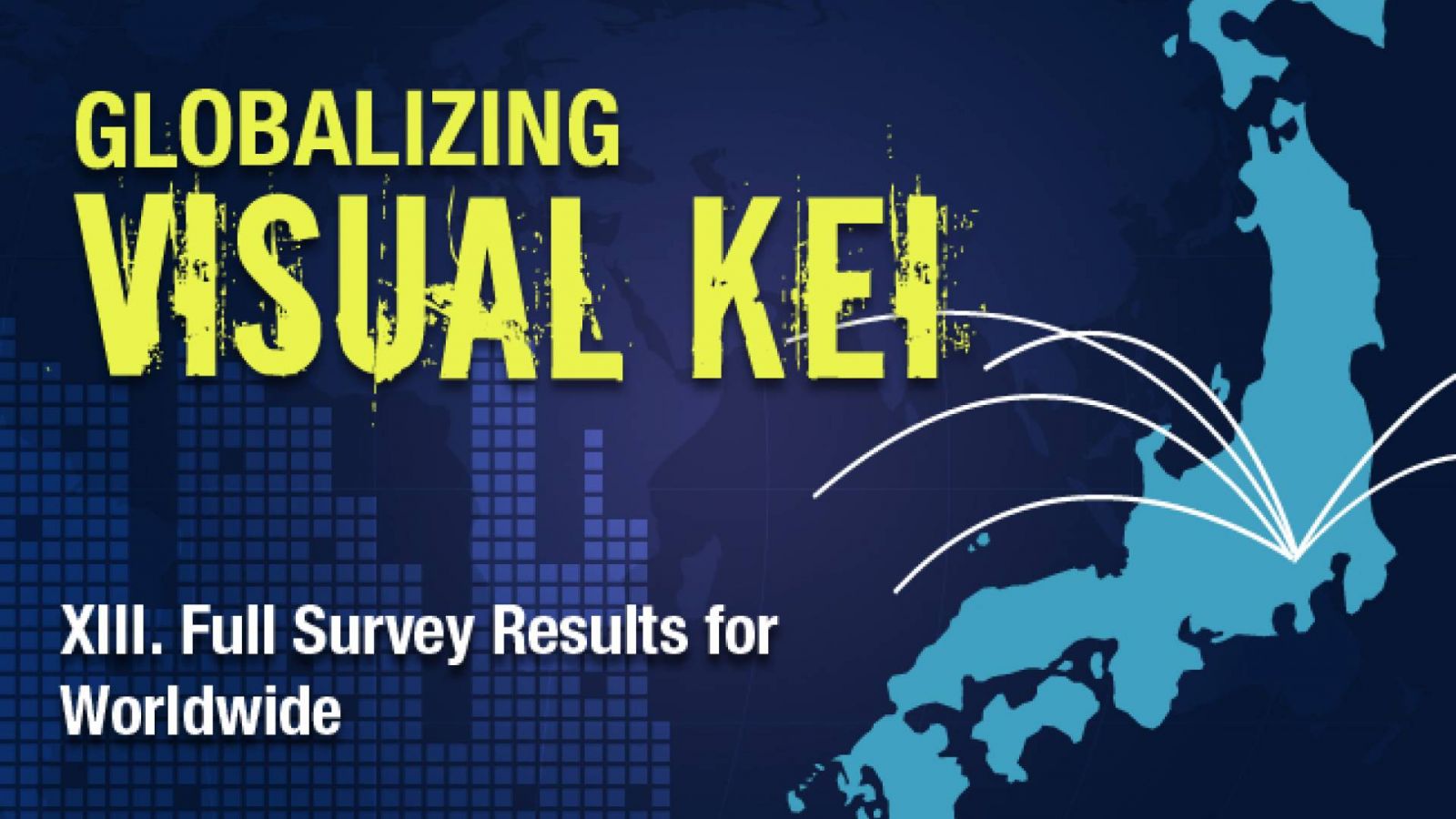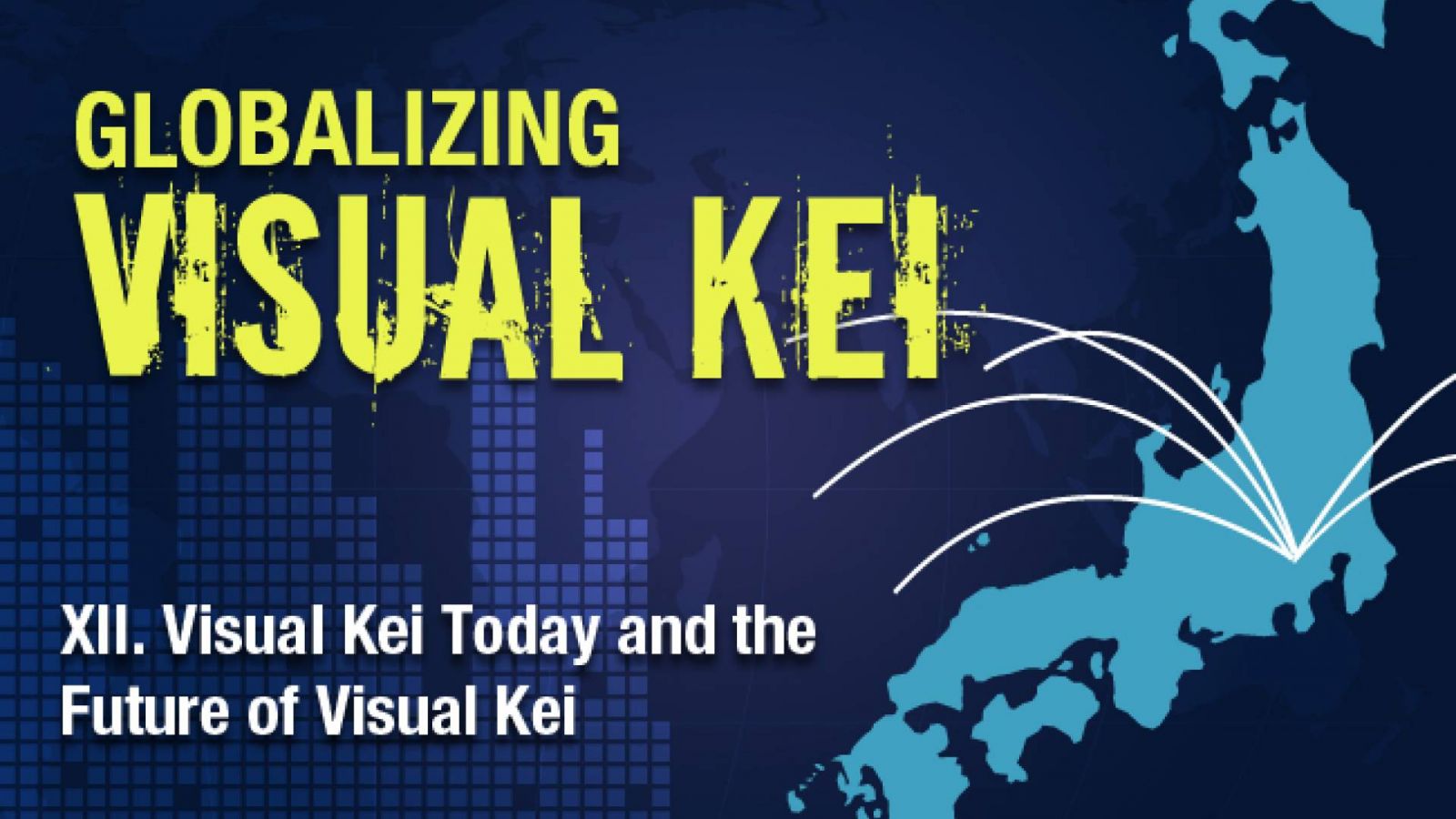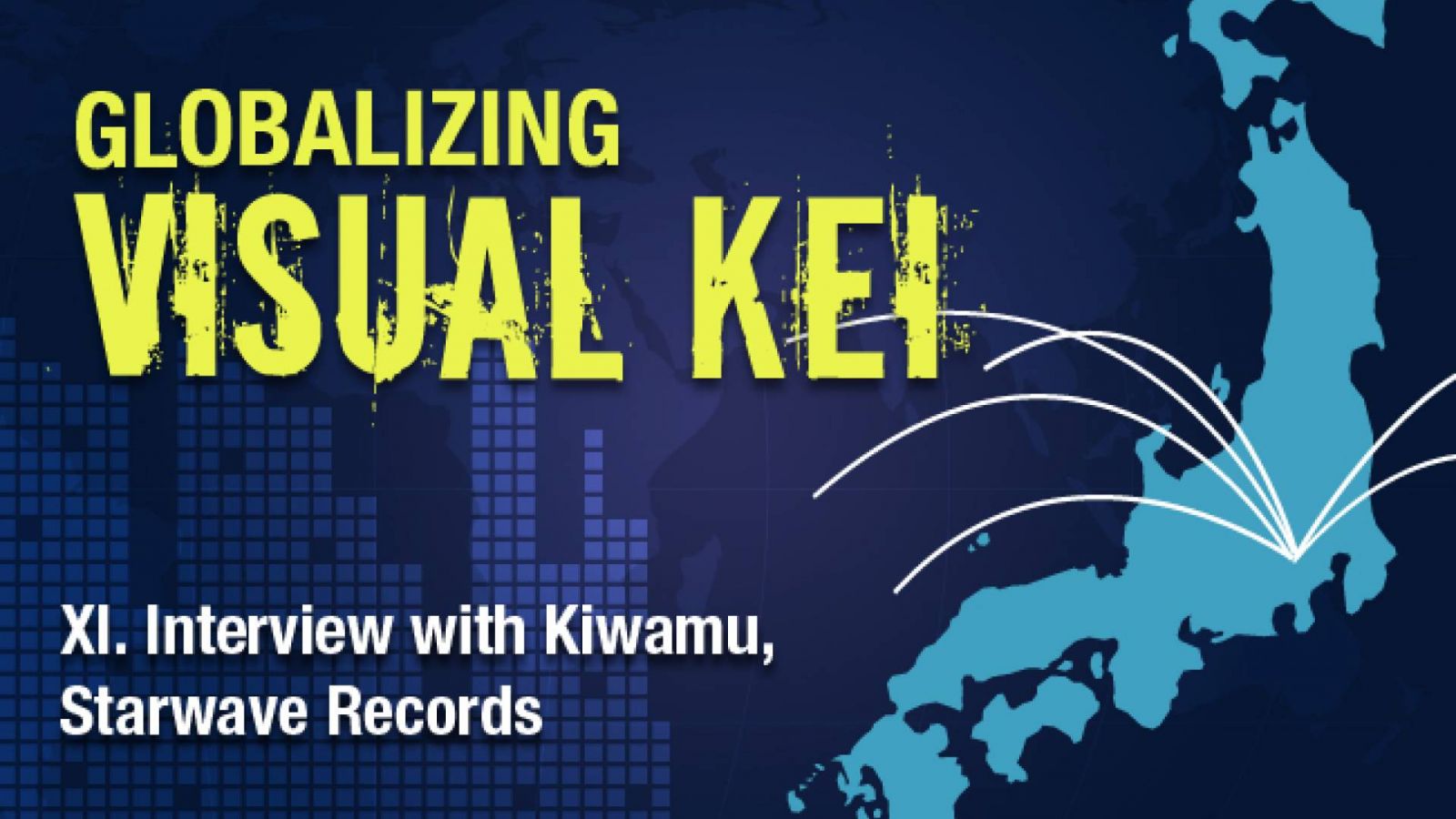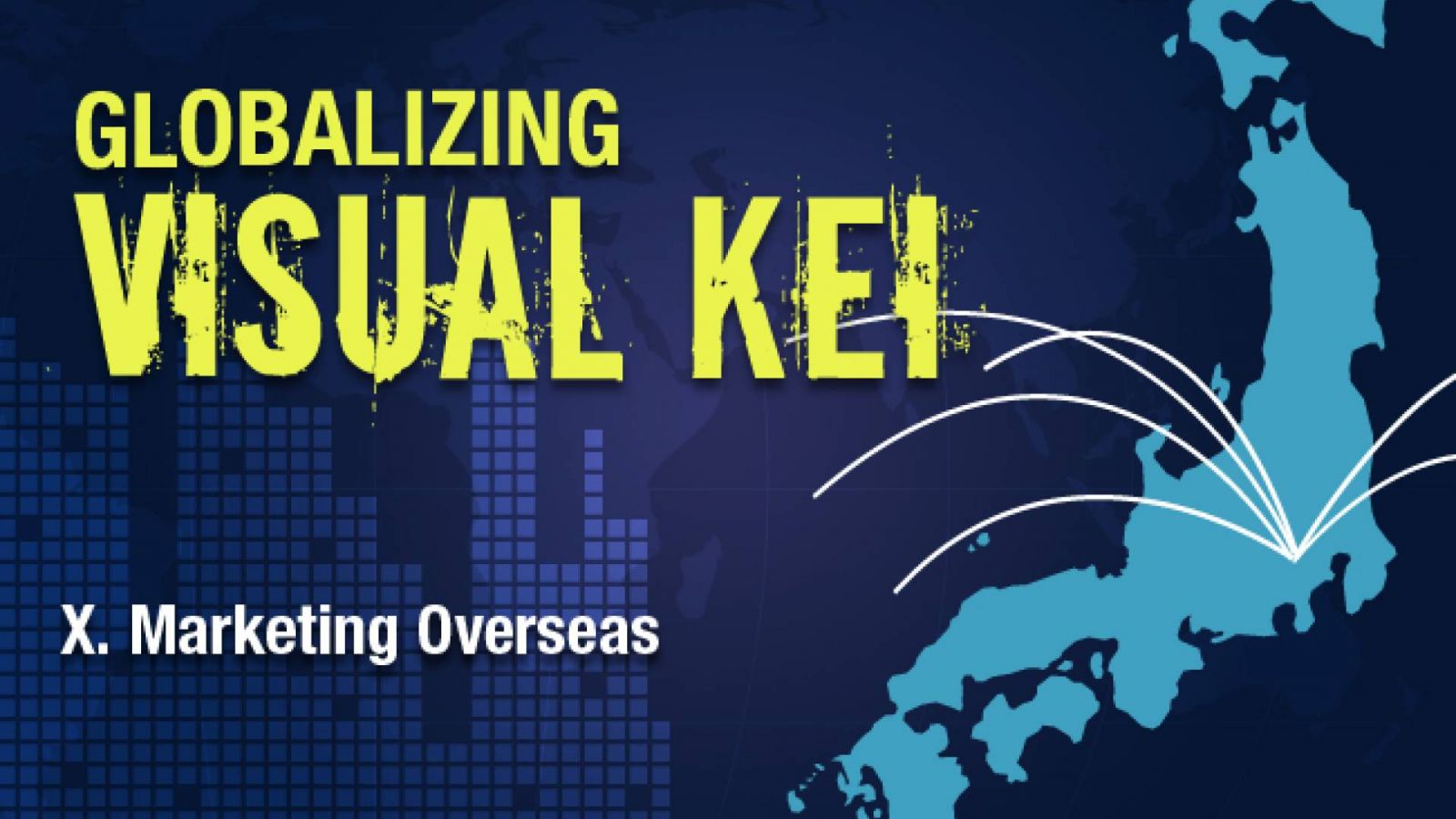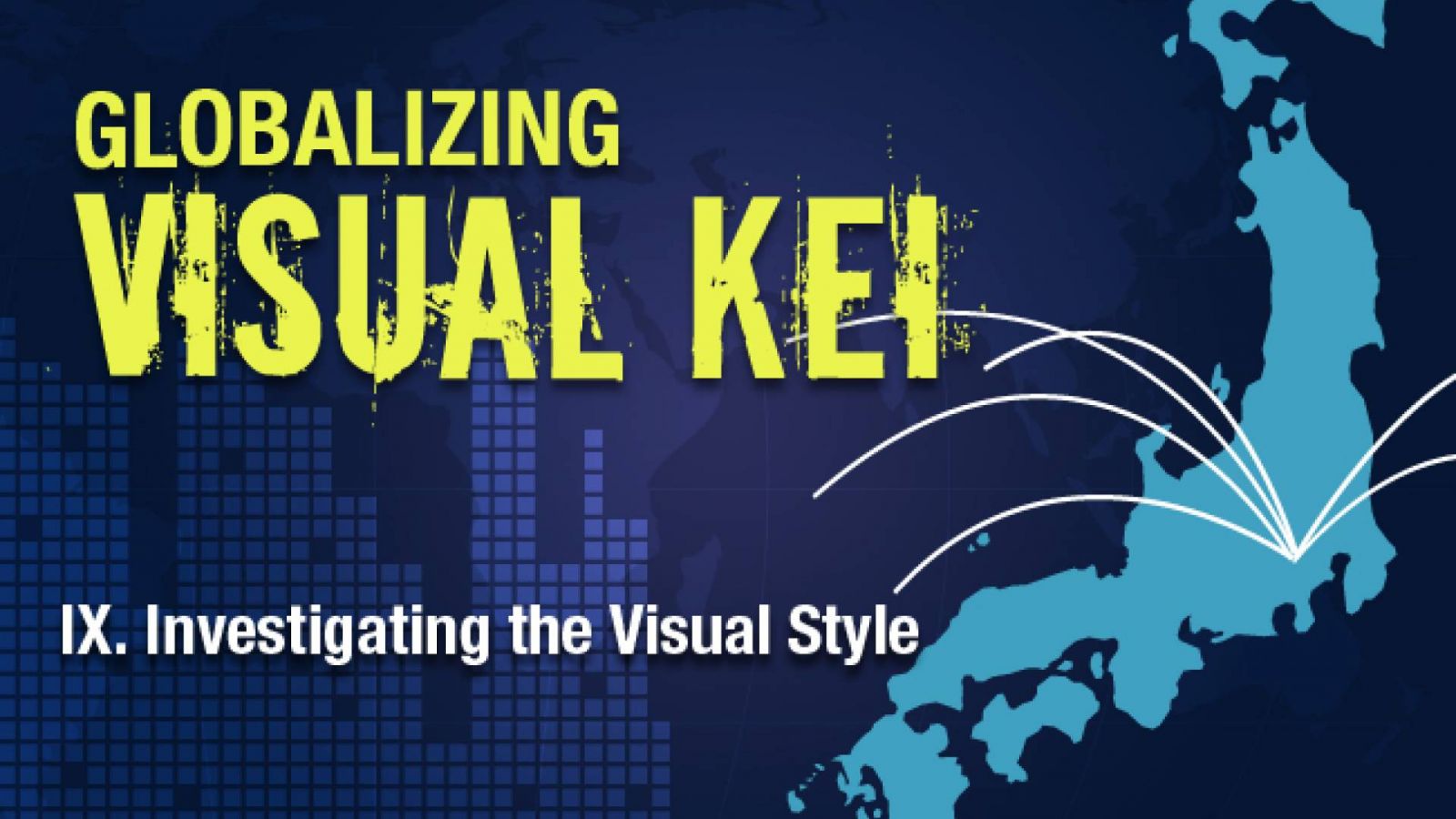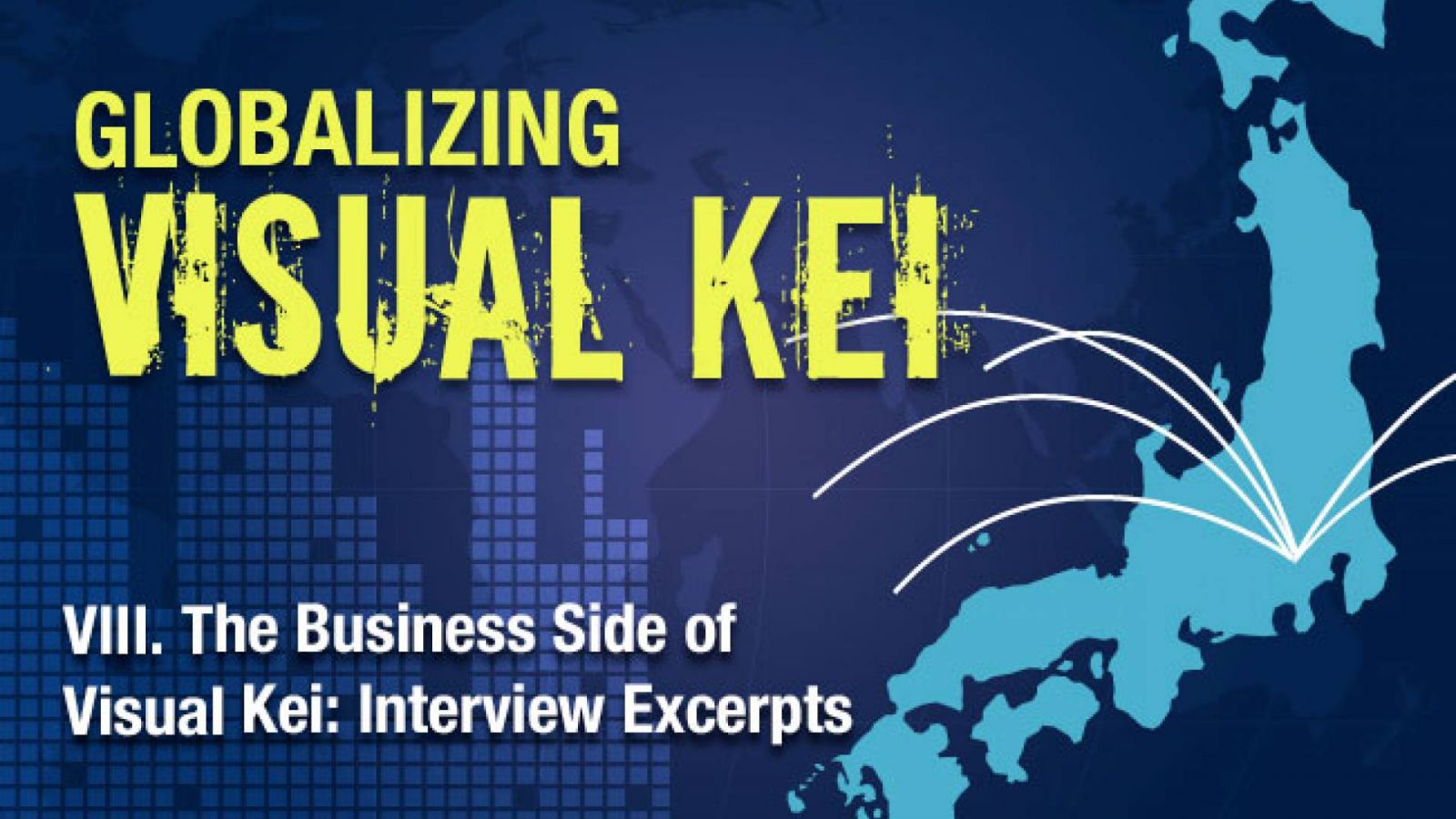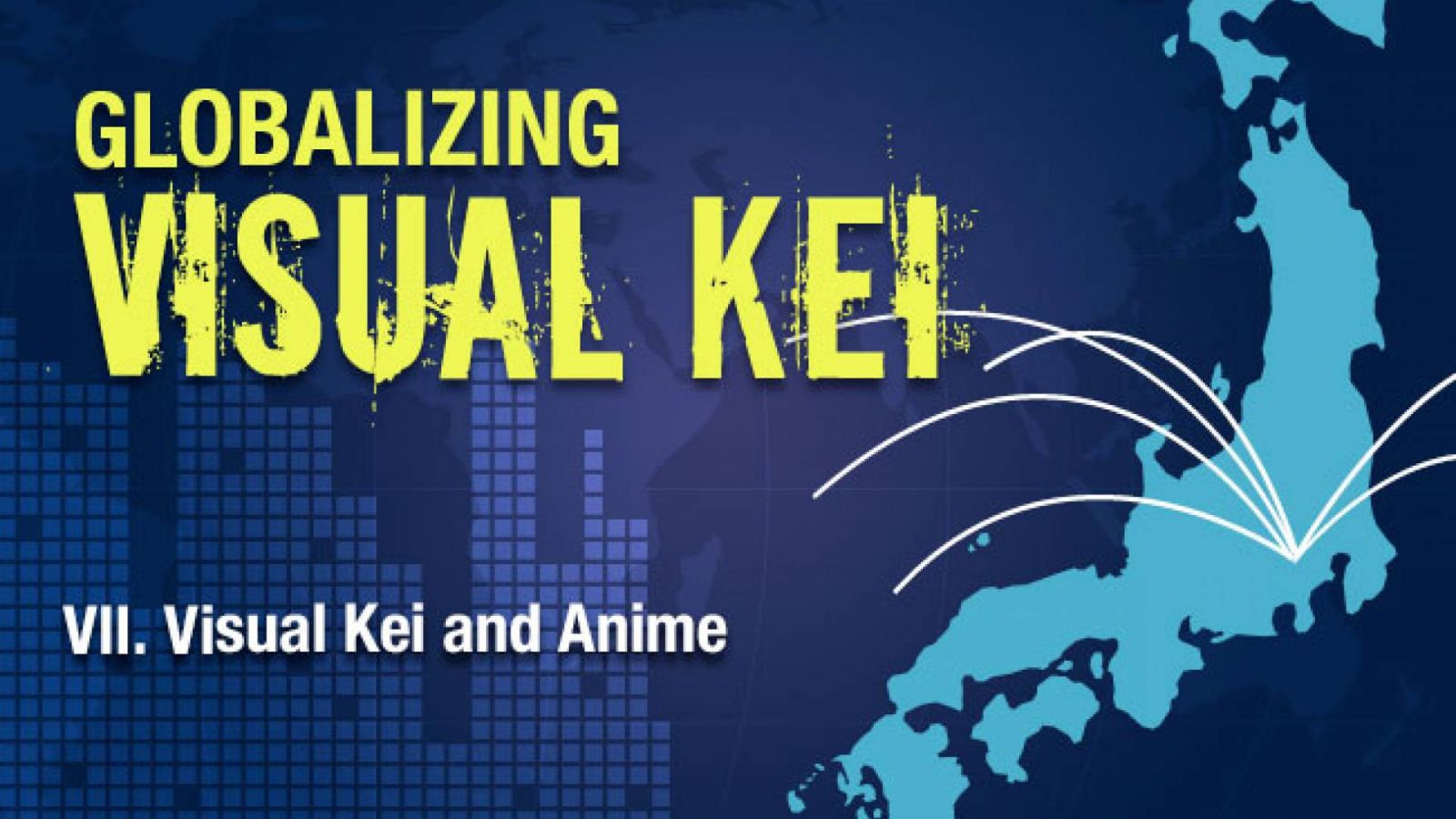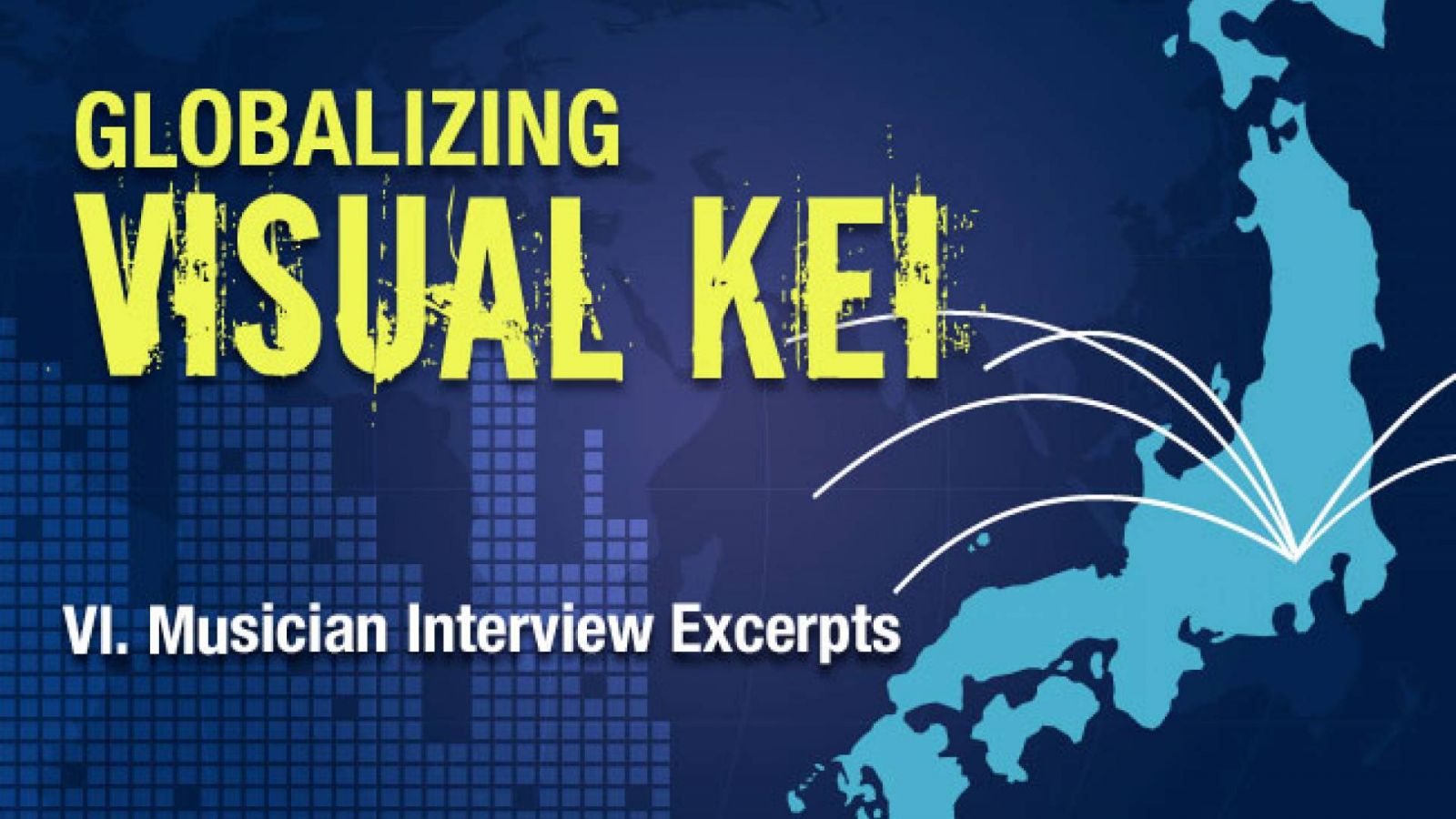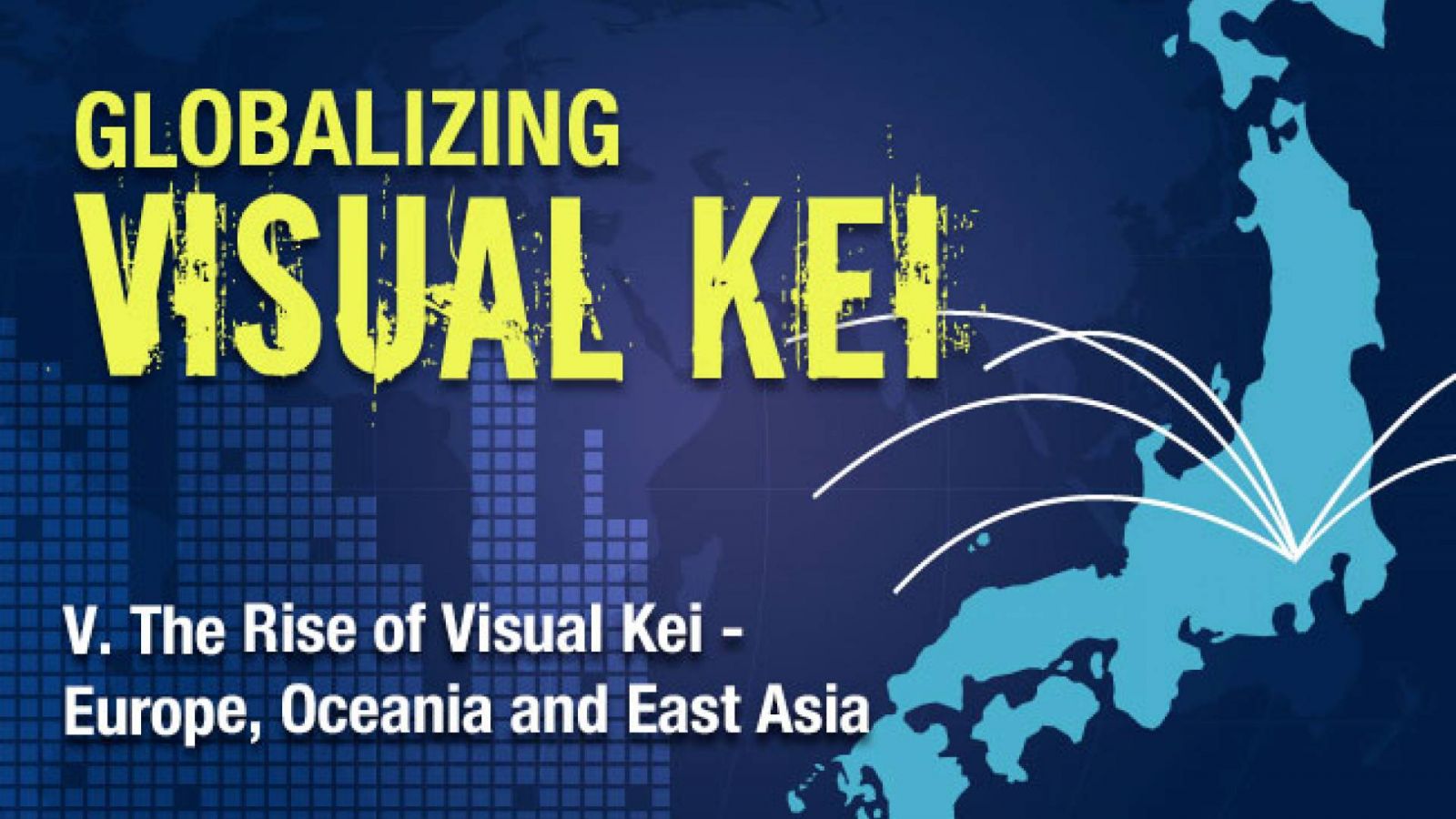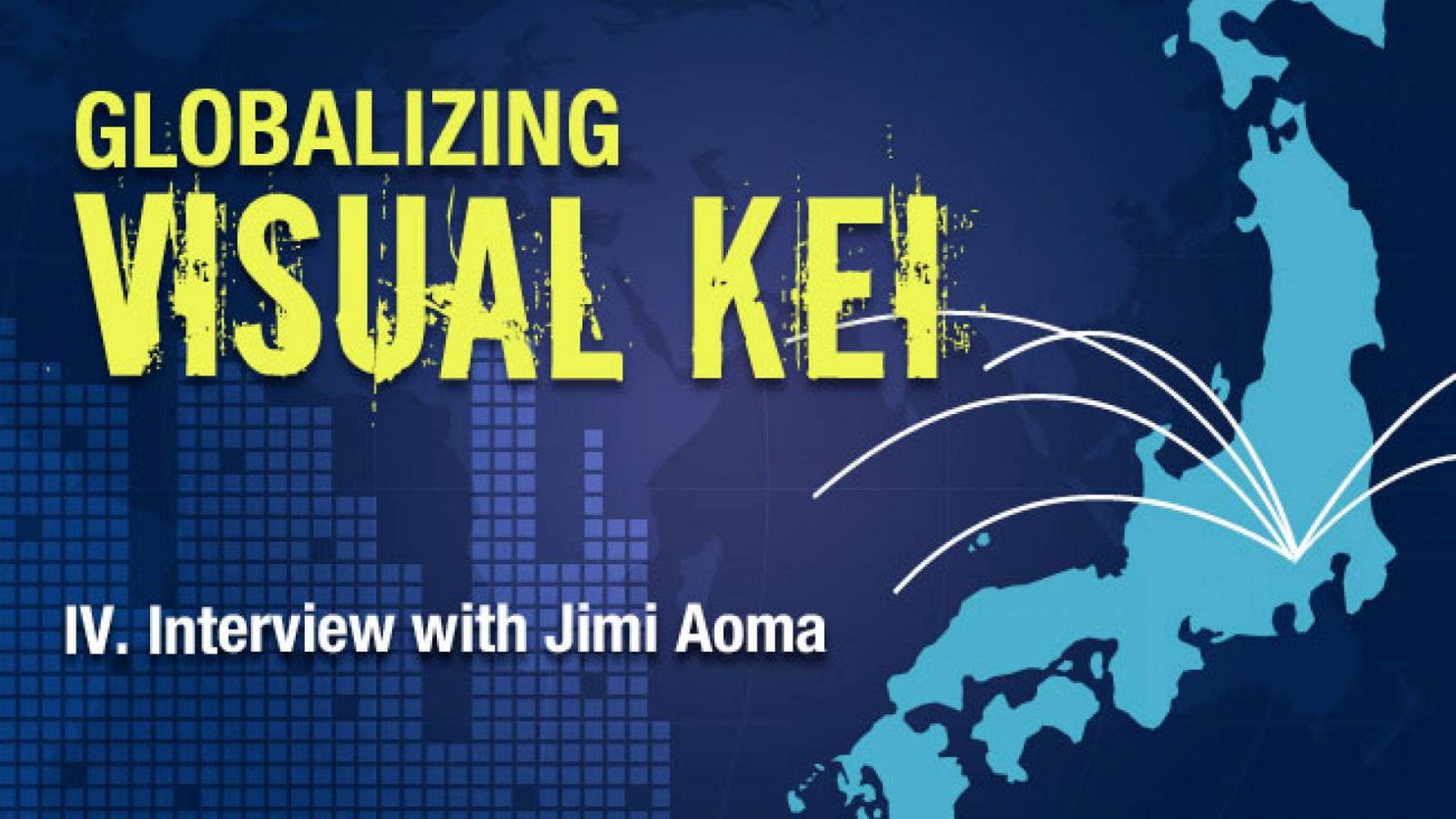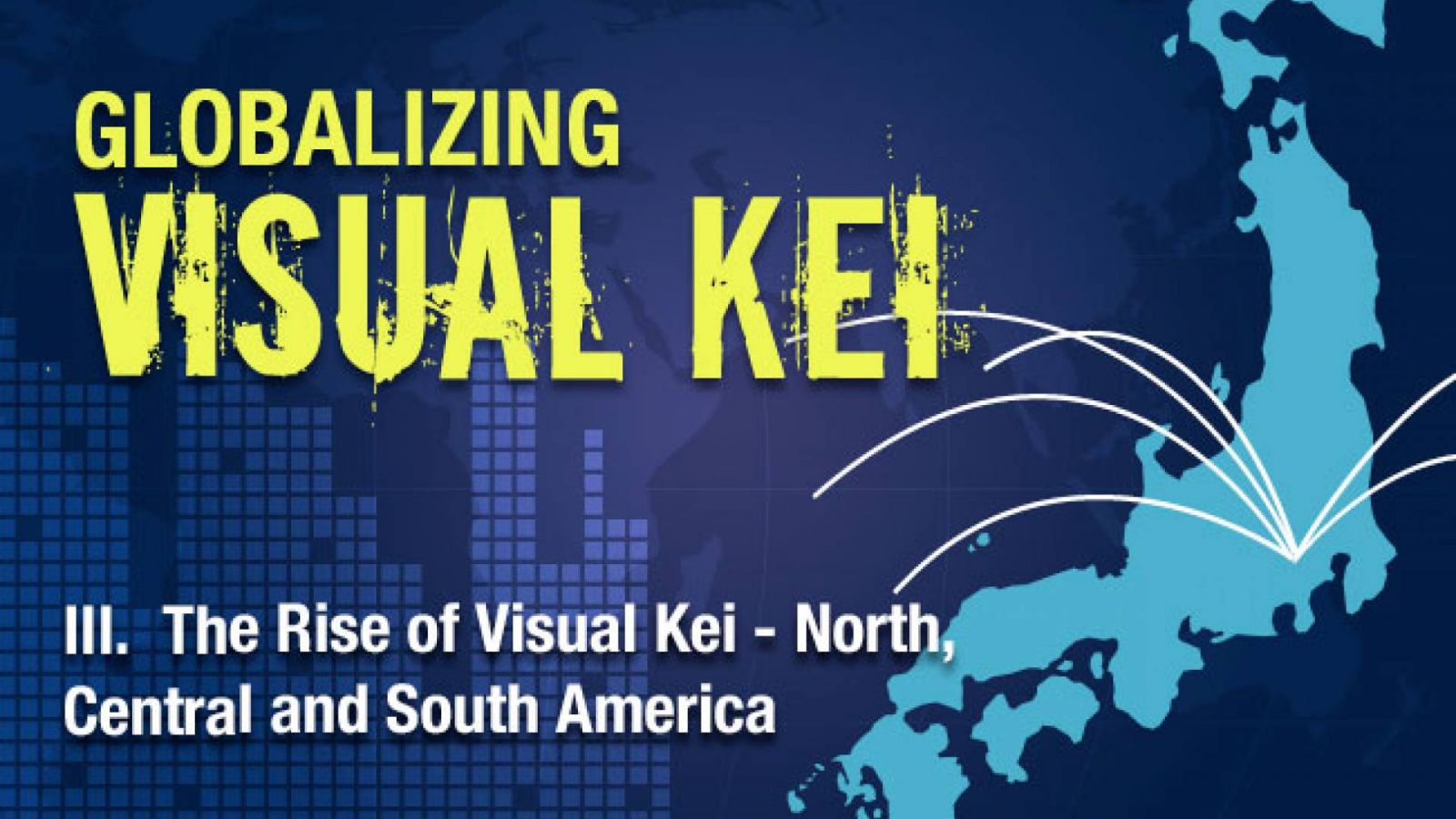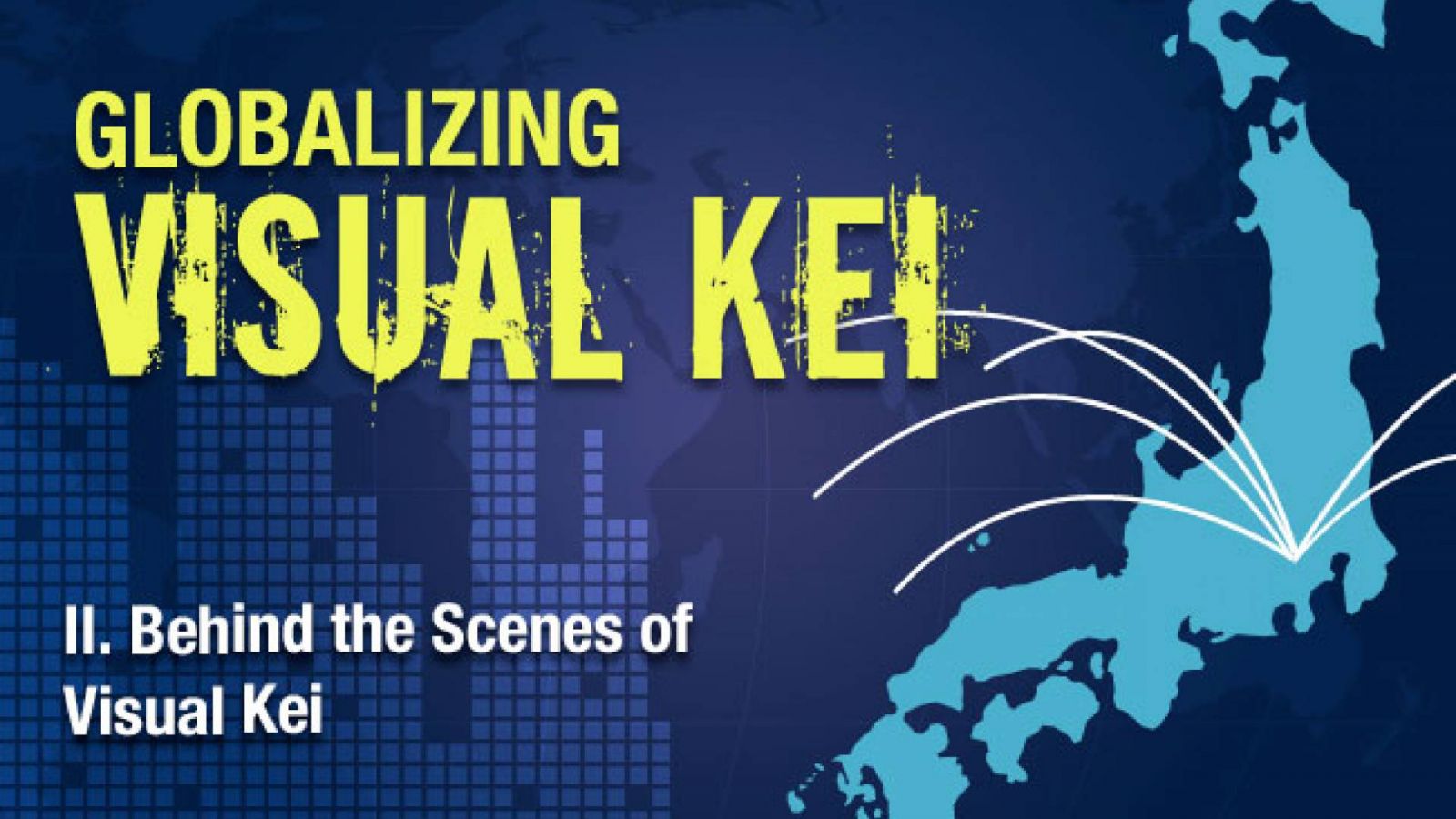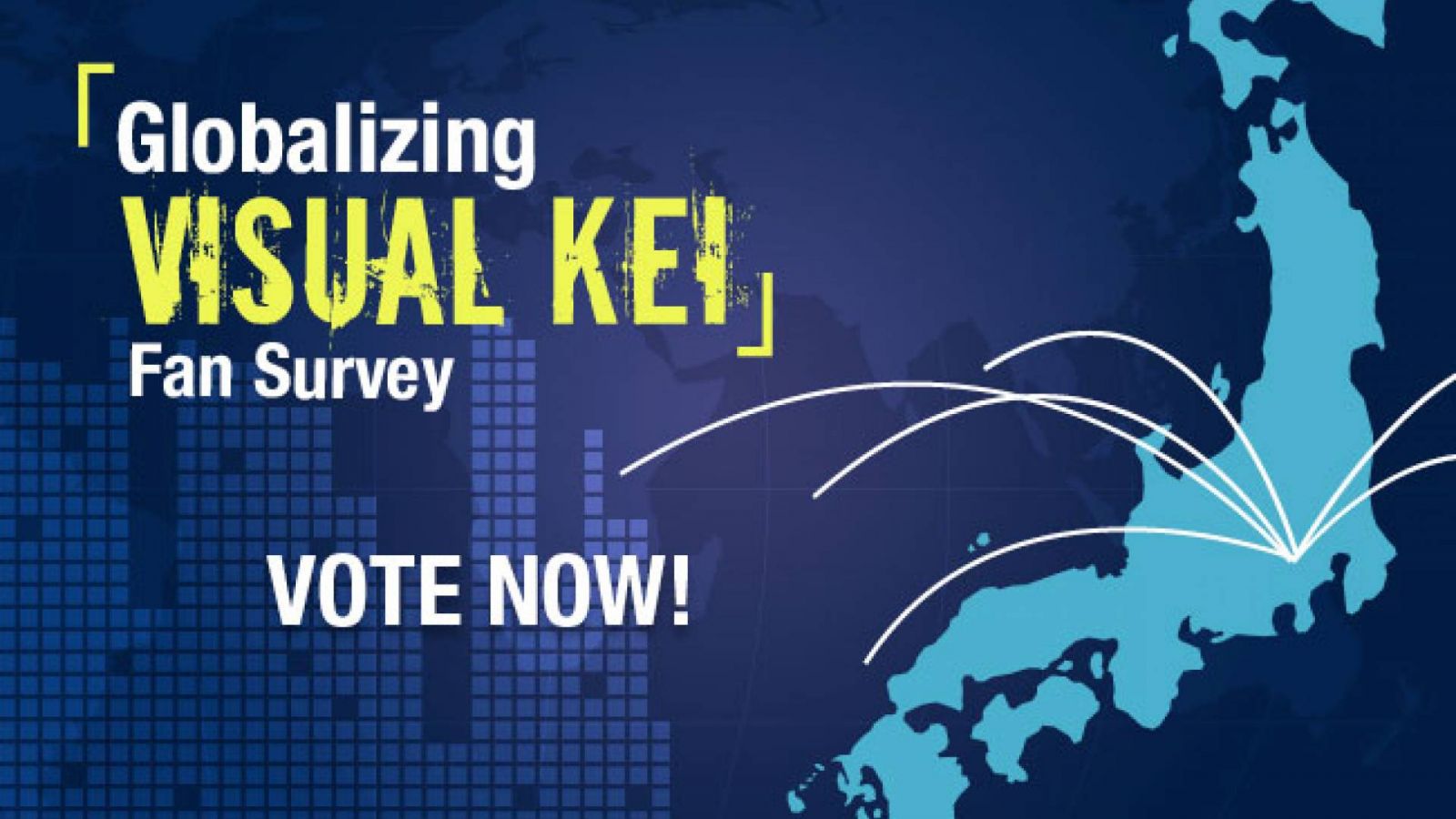Visual Kei’s Introduction to the United States
Prior to the first visual kei concert in the United States, the genre was known only to most US fans who had discovered it through means other than concerts, through vehicles such as the internet, Japanese animation and word of mouth. Visual kei’s emergence within the Japanese culture scene in America occurred shortly before the mainstream Japanese animation sales peak of 2003, where anime revenue within the United States reached over $550 million.
1 From this point on, visual kei’s fan base continued to rise along with the animation popularity.
DuelJewel was the true overseas “pioneers,” holding the first visual kei performance at
A-Kon in Dallas, Texas in 2002.
2 The following year,
Duel Jewel made another landmark in visual kei history within the United States when they conducted the first visual kei American tour through the promoter Jhouserock. The band toured five cities which included a few stops at anime conventions including
Katsucon in Virginia,
3 Illinois based
Anime Central,
4 and a revisit to Texas’
A-Kon.
5
The first visual kei band to perform alongside American bands was
D’espairsRay, who held a coupling tour with
Genitorturers, and
Trashlight Vision, in 2005.
6 This opened the doors to mutual cooperation between Japanese and non-Japanese artists worldwide, leading to multiple tours across the world.
That same year, visual kei saw its first convention solely about Japanese rock music, called
Jrock Connection, held in 2005 and 2006 in Santa Clara, California.
7 While the convention only had a two year run before it was discontinued, fans who attended saw the performances of numerous Japanese visual kei and rock artists, including
Karma Shenjing as well as visual kei inspired American bands, like
Serafilia.

As seen in the chart above, the visual kei performances in the United States began in 2002 and began to steadily rise over the years, with its peak in 2008. In contrast, the number of unique performers, i.e. the amount of different performers which held concerts yearly, indeed rose but was much more stable than the overall concert count. This can be attributed to performers such as
DIR EN GREY which held lengthy tours, and artists which visited both anime conventions and concert venues in the same trip; in some cases, these artists were the only visual kei bands to visit the United States in that year.
By summer 2006,
DIR EN GREY had successfully integrated themselves into tours with non-Japanese rock bands during the
Family Values Tour and their
South by South West appearance. The group began to steadily build new fans within America outside of the visual kei and Japanese rock fandom while continuing their transition into mainstream rock, making their look and sound more appealing to average mainstream audiences yet still enjoyable for a visual kei fan.
The year 2007 marked a momentous event for fans across the nation when
Jrock Revolution was announced, the first full-size multi-band event which ran for two days across the weekend of the May American Holiday Memorial Day in Los Angeles, California. Nine bands from Japan came to perform, including artists such as
Miyavi, Kagrra, Alice Nine and
girugamesh. Being the first of its kind for visual kei in the United States, the concert sold out immediately and and drew crowds from across the globe.
8 This year also marked
DIR EN GREY’s first full-length headlining tour within the United States, visiting fans in 16 cities.
9
The following year, concert activity peaked in 2008 with over one hundred visual kei concerts. It was also during this year that
MUCC,
D’espairsRay and
THE UNDERNEATH were invited to perform on the large American rock band tour
Rockstar Taste of Chaos, facilitating further awareness of visual kei in mainstream American rock.
When the
Taste of Chaos tour occurred, bands such as
MUCC and
D’espairsRay still utilized the visual style, making the accomplishment of mainstream music acceptance an even greater feat. Although the tour was very successful, it was not followed up with much subsequent tour activity between Japanese and non-Japanese bands, and it seemed that soon after, mainstream America forgot about visual kei.
Despite visual kei’s continual climb in popularity over the years, concert activity dropped significantly in 2009. This can be attributed to a number of causes: The stock market crash of late 2008 and the United States economic crisis as well as the H1N1 flu virus epidemic. Yet even during this time frame, numerous tours that took place:
VAMPS visited fans in ten cities across the country, while bands
BLOOD and
GPKISM held a six city tour across the east coast as well as visiting Texas.
While early visual kei concerts were held primarily at anime conventions, by 2007, as seen charted out below, this changed rapidly, with venues becoming heavily used in the latter years of the millennium. This signals the probability of overall success during solo events and tours, making the usage of venues profitable and feasible with minimal loss.
Yet during the period of financial difficulty in 2009, promoters opted to work primarily with anime conventions rather than privately arrange tours and solo concerts with venues; this was a safe move by promoters to likely to ensure there would not be financial suffering by holding events. In that year, visual kei fans saw nearly double the amount of concerts at anime convention than had occurred in 2008. We will discuss visual kei and anime more extensively during the "Globalizing Visual Kei" web series part VII, “Visual Kei and Anime.”

Among fewer visual kei concerts, other Japanese events were also canceled that year in the United States due to the H1N1 virus, including the Volks Japanese doll company event
Dolpha in New York, which is a convention for the ball-jointed dolls. H1N1 was cited as the cause of the cancellation.
10 A-KON, the Texas anime convention also cited their biggest setback with visual kei occurred when the artist
LM.C canceled their performance one month before the convention due to H1N1.
11
2010 was an exciting year for most visual kei fans, with a record number of full-length tours;
MIYAVI,
D’espairsRay,
VAMPS were just a few among several who came to the country that year. 2010 was also notable for the seven stop US tour of the founding fathers of visual kei,
X JAPAN.
Visual Kei in Canada
Canada’s introduction to visual kei came several years after the United States, with one of the first shows being an American and Japanese band coupling tour,
The Family Values Tour of 2006, where
DIR EN GREY played alongside
DEFTONES,
KORN and several other bands.
12
Over the next two years,
DIR EN GREY remained the only visual styled artist to visit the area, performing both in Toronto and Montreal during their headlining tours. By 2010,
MIYAVI made his way to Canada during the
NEO TOKYO SAMURAI BLACK WORLD TOUR, and performed both in Vancouver and Toronto. In summer of the same year,
D’espairsRay ventured to Canada, performing one show in Toronto in early August, soon followed by
DIR EN GREY, who returned with the Finnish metal cello band
Apocalyptica and performed one show just a few weeks later. The final visual kei shows of 2010 were of
X JAPAN in October, when the band visited Vancouver and Toronto during their North American tour.
13
While 2011 has seen a small amount of visual kei activity for Canada, the country remains behind most other western countries around the world in terms of yearly receipt of shows.
Visual Kei’s Rise to Popularity in Central and South America
While interest in visual kei was growing in international markets on nearly the same level, visual kei artists did not venture into Central or South America until two years after its initiation in western appeal. In 2005, the first artist who finally broke into this area was
BLOOD.
14

For the first few years after
BLOOD’s first visit to Mexico, not only were they the only artist who visited visual kei fans in Central America yearly, Mexico was the only country the band first visited; in 2007 that changed when
Charlotte took the plunge and traveled to Brazil to greet fans who had been patiently awaiting their turn.
15
Over the next two years, both Central and South America saw a spike in concert activity, with numerous artists visiting countries across the continent, including Costa Rica, Argentina, and Chile. 2009 was a peak year for Central and South American fans, who received fourteen shows from five different artists, including small tours by
MIYAVI,
An Cafe and
LM.C.
By 2010 however, activity in both areas began to dwindle, but fans still saw five shows, when
Versailles -Philharmonic Quintet- toured through four countries in South America.
16 Soon after,
VAMPS traveled to South America, holding just a single show in Chile. This show attracted nearly 5,000 fans and quickly drew the attention of Japanese press.
17
While Central and South America has not seen the same quantity of visual kei artists as other areas, it is back on the rise for 2011 with several shows already scheduled.
The Popularity of Non-Visual Japanese Artists
Well before visual kei’s entrance into the American music scene, non-visual Japanese bands had been visiting and enjoying healthy audiences, such as
Shonen Knife playing with American grunge band
Nirvana throughout the 1990’s,
18 the Texas native rock tour
South by Southwest Tour’s special
Japan Nite and early pop acts at Japanese animation conventions during the millennium. Despite visual kei’s growing popularity, it has neither been accepted nor promoted on the same level as non-visual artists, for undoubtedly a variety of reasons. We must consider that the androgynous look of visual artists to a western fan may be disturbing and considered “homosexual,” and for many fans, may be off-putting despite having bands similar to this in their own culture, such as
Marilyn Manson or
Lady Gaga, two prominent American visually styled artists. We will be discussing this in greater detail in the "Globalizing Visual Kei" web series part IX, "Glam Rock, Visual Rock and Visual Inspired Artists."
While both visual and non-visual artists sing primarily in Japanese, as most non-visual artists encompass a variety of genres, such as
PUFFY or
Utada Hikaru with pop music, it is much easier to integrate such artists into mainstream music with a higher level of acceptance than into a niche market like rock or visual kei. Additionally, more record labels and organizers are willing to fund full tours or shows they are sure will be profitable and can draw a crowd.

Charting non-visual versus visual performances within the United States, it is seen that in the past decade, visual kei has been severely overshadowed by the non-visual Japanese music scene; however, this does not mean there is not an active following for visual kei.
It is also notable that despite the economic crisis of 2008 and the H1N1 virus, non-visual shows grew in 2009. This rise does not specifically indicate that more non-visual artists were coming from Japan, however. Some of this increased activity is due to Japanese artists who live in the United States, such as
Peelander Z, holding more performances during this time. In particular,
Peelander Z, a Japanese punk band based out of New York, makes up 670 of the non-visual shows performed in the United States across this ten year span.
19
Next Time...
Join us next Sunday, for the interview of
Jimi Aoma, former bassist of the visual kei band
Chemical Pictures. He will be discussing his experiences not only within the visual kei scene and being in a band, but also being an American in an all Japanese band.
______________________________________________________________
Author's Note: While I strove to achieve a very accurate account of the overseas visual kei scene, I am no expert, and I cannot guarantee this accounting is perfect. There may be artists I labeled as "visual kei" which readers may disagree with, and vice versa. I hope that you will find this history useful and insightful, and as accurate as possible. I apologize, however, if there is a show that fell between the cracks.
[1] Allison Anne, Millennial Monsters. (Uni. Of California, 2006) 165.
[2,5] “Project A-KON” , last modified April 4, 2011.
[3] "Katsucon”,last modified May 28, 2011.
[4] “Anime Central”, last modified May 31, 2011.
[6] “D’espairsRay JaME Schedule”, 2011.
[7] “Jrock Connection”, 2011.
[8] "Behind the Scenes Interview with Jrock Revolution Organizers", JaME, July 9, 2007.
[9] "Dir En Grey: US Tour Dates Announced" , Blabbermouth.net, November 11, 2006.
[10] "A message to American SD Owners and All Doll Fans", Dolls Party in New York 4, 2009.
[11] Jess Reade, A-Kon, E-mail interview with author, March 6, 2011.
[12] "Timeline", Dir En Grey Official Site, 2011.
[13] "Canada JaME Schedule", 2011.
[14] "Blood JaME Schedule", 2011.
[15] "Charlotte JaME Schedule", 2011.
[16] "Versailles JaME Schedule", 2011.
[17] "Vamps 6 kakoku angya no nekkyou world tour nanbei chile de kanketsu", Natalie, November 8, 2010, accessed June 17, 2011.
[18]“Knife Fight”,Metroactive Music, October 2, 2003, accessed April 1, 2011.
[19] “Past Shows”, Peelander Z Official Site, 2011





